[ price $999.99 / €999.00 | 13.47oz / 382g | close focus 7.87inches / 0.2m | 62mm filters ]
Introduction
I’m using my new ‘Olympus M.Zuiko ED 12-40mm f2.8’ now for more than two weeks on my Olympus OM-D EM-5 and shot some hundred frames with it. I have to admit that I’ve been very skeptical upfront about the image quality this zoom-lens can deliver, in respect to my prime lenses, but without any reason as it turned out quickly.
The fundamental question to me is why to buy a zoom-lens at all if fixed-lenses of high quality, low weight and small size are available for your system? Isn’t it exactly this what people let buy them into the 4/3 system – ‘quality by size’? Now, let us find out!
Look and Feel
So lets talk about size first – and trust me – in that case size really matters ;)
Dimension is 3.3″ x 2.7″ (= 58 x 44mm) at the smallest size and the lens weight is 13.47oz (=382g), which is much more than any other m4/3 lens I own. It features an all metallic construction and comes with lens cap, lens hood and case. It looks and feels sturdy and handy – undoubtedly a pro lens – but mounted on an EM-5 the whole thing is far from a small and lightweight package.
The lens weight gets the camera a little bit unbalanced also. If you wear it by strap over your neck it points down to the ground about 30° from horizontal. On the other hand it can be of advantage if you wear the cam by strap on your shoulder, because by pointing down to the ground, it’s kept safely aligned to your body.
Something else to consider is that the non-plastic material get’s cold quickly out on the street. Here in Vienna we have chilly temperatures in winter – so be warned – don’t forget to bring your gloves with you ;)
The built quality is really exceptional but I’m missing internal zooming. If you zoom to maximum focal distance (40mm / 80mm on 35mm), it get’s about 80% longer. I understand that this is the price for compactness, but I still prefer internal zooming lenses.
The lens-hood is also a highlight. First it’s amazing that it comes together with the lens at all (we all know the boring Olympus ‘money-making-lens-hood-policy’ well) and second it’s locked by two buttons on the lens-front, so it’s nearly impossible to lose it by accident. Great feature!
And last let me point out the new lens-cap, which is made of aluminum and can be operated be the front of the cap so you can put it hassle-free on and off the lens, also if the lens-hood is mounted on top.
Performance
Auto-focus works fast, safe and completely silent – period. By pulling the focus ring you can switch over to manual focusing without tweaking your camera-settings. Manual focusing works fine also – the focus ring turns smooth and accurate. The zoom- and focus-rings are textured well to easy handling also with gloves.
Sharpness is one of the outstanding qualities of this lens. Taking into account that we’re talking about a zoom-lens, it’s between ‘excellent’ and ‘really fine’ from center to corner at all apertures and focal lengths. Compared to my Olympus 45mm/f1.8 or my Panasonic 20/1.7 I can not see a notable difference. My Panaleica 25mm/1.4 seems to be a skosh sharper but I think it’s not serious comparing this two, because I use the Pana a lot at f1.4 and together with the special color-rendition you get a very different look, that is not comparable by sharpness.
Color rendition is fine to me – maybe a little bit too neutral and without significant character (compared to my Panaleica 25mm/f1.4) – but there is no extra color-tweaking by Lightroom needed. The pictures are fine as they come out of the camera – in JPEG as well as in RAW format.
Distortion and Vignetting are well controlled and well corrected by Lightroom.
Flare and Ghosts are also well controlled. I did many night-shoots over the last weeks and I had pretty much no problems with direct and bright light-sources.
Chromatic Aberration is generally very well-controlled and very low if detectable at all.
Bokeh is not spectacular but much better than one can expect from a zoom-lens and very good at all.
Macro
The closest focusing distance is 0.2m, which is good news for macro-photographers. The results are surprisingly sharp and detailed. For a typical sample please just look at the daisy-like flower picture in the attached gallery.
Summary
This is the best zoom lens I’ve used so far on micro 4/3 systems – maybe at all. It’s of exceptional built quality and the optical performance is really good. At the moment I don’t see any demand to keep a set of primes (M.Zuiko 12/17/45mm) in my pocket because for me the M.Zuiko ED 12-40mm does it all in one package.
The lens is not cheap but it’s worth the money so you get what you pay for. I’m recommending this lens to any micro 4/3 shooter and I’m curious about the already announced ‘Olympus M.Zuiko PRO 40-150mm f/2.8’ we will see at end of year 2014.
Maybe it turn’s out that not more than just these two lenses are needed for the rest of your life ;)
Sample Images
This is a set of the best shots by use of the 12-40mm Oly lens – Just click to get a detailed view!
High Resolution Images
Some selected images in high-resolution for people interested in the details (thanks to Constantin who requested this information) you can get from here. All pictures are taken without tripod – also the ‘night shots’.

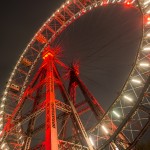








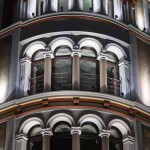




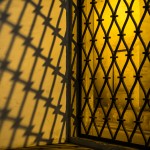












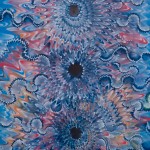












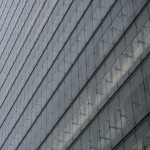










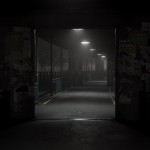

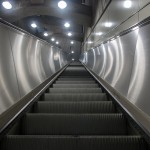



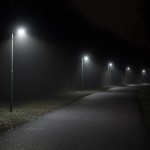






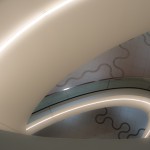


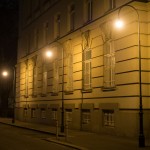
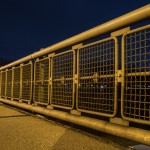




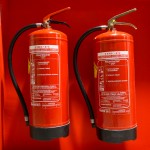
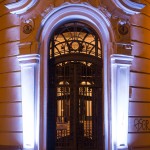
you are missing internal zooming not focusing. Internal focusing means front element does not rotate during focusing nor lens extend and retract.
Hi Darius,
you’re right – it hast to read ‘inernal zooming’.
Thanks a lot for your comment!